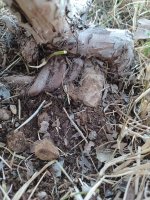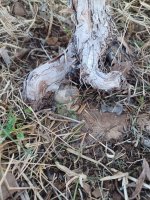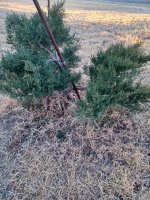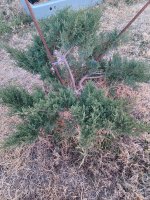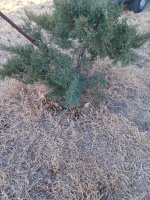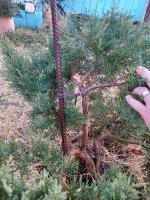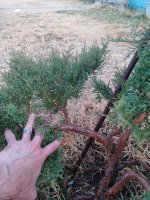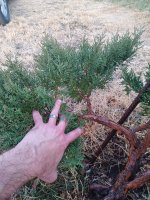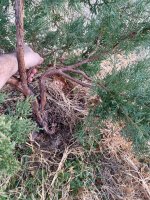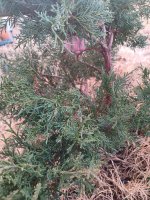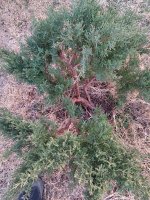Desert O'Piñon
Chumono
I'll start with this one. A $4 rescue from the clearance rack. I don't remember the cultivar, but the new growth gets a nice yellow color. It's been in the ground for about 3 years now. It's healthy and vigorous, and it seems to be ready for work. Is it worth trying? I planted it over a stone before I had a clue, thinking I could do RoR. But it seems a better candidate now for a neagari styling of the roots.
If it could be an actual bonsai, where do I go from here?
1. How do I bring new buds closer to the frame of the tree? (I assume from what I've read here that it would be through my pruning technique?)
2. What is my best bet for developing the roots?
3. What's right with this tree?
4. What's wrong with it?
I know ya'll won't disappoint. Hit me with the good, the bad, and the Uggly. The tree has no name yet, anyway.
If it could be an actual bonsai, where do I go from here?
1. How do I bring new buds closer to the frame of the tree? (I assume from what I've read here that it would be through my pruning technique?)
2. What is my best bet for developing the roots?
3. What's right with this tree?
4. What's wrong with it?
I know ya'll won't disappoint. Hit me with the good, the bad, and the Uggly. The tree has no name yet, anyway.

